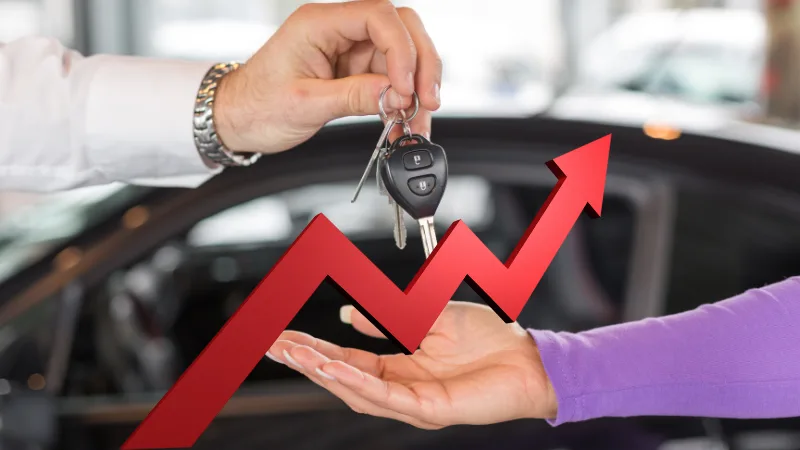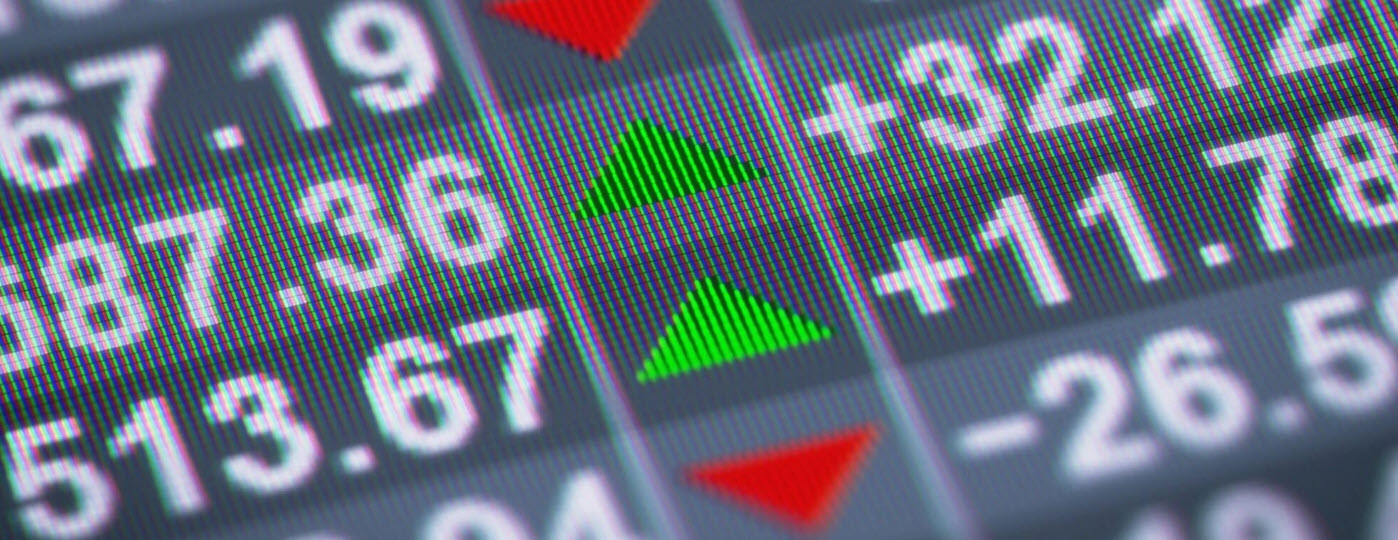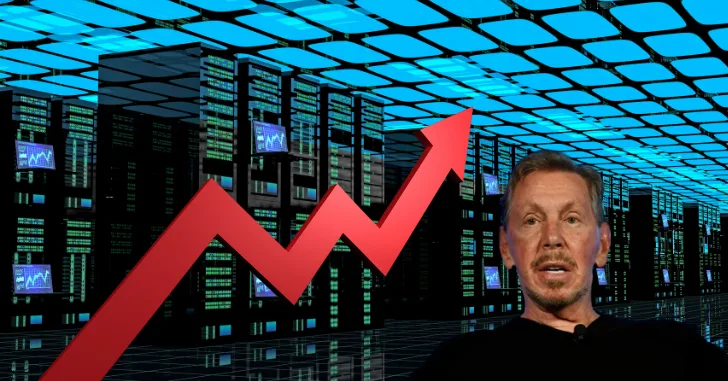Auto prices in the United States are climbing again, and this time the surge is sharper and more widespread than many expected. With both new and used vehicle prices rising in tandem, the 2025 automotive market is hitting American consumers—and investors—in the wallet.
So, what’s behind the latest spike in auto prices? From new tariffs and supply chain bottlenecks to increased dealer fees and shifting buyer behavior, the causes are layered. This article breaks it down and explains what consumers, car buyers, and investors need to know now.
New Car Prices Climb Amid Tariffs and Supply Disruptions
One of the most immediate and headline-driving factors behind rising auto prices is President Trump’s new 25% tariff on imported vehicles and auto parts. Effective since April 2025, this move has sent ripples through the auto industry, raising manufacturing costs and squeezing margins.
Automakers React With Price Hikes
Subaru of America confirmed this week it has increased prices across its lineup, citing “market conditions” and higher import costs. Depending on the model, price hikes range from $750 to more than $2,000. Toyota has also warned that more price increases are coming soon due to the impact of tariffs on their extensive global supply chains.
“We are constantly reviewing our pricing based on input costs and currency fluctuations,” said a Toyota spokesperson. (Carscoops)
The average transaction price for a new vehicle in the U.S. is now approaching $49,000—a staggering increase of nearly $10,000 since the pandemic, according to a recent report by Barron’s. (Barrons)
Used Cars Aren’t the Bargain They Once Were
If you’re hoping to sidestep high new car prices by going used—think again. The used car market is also experiencing a surge in prices as demand increases and supply remains tight.
April Used Car Price Stats
According to Kelley Blue Book, the average price for a used vehicle reached $25,547 in April 2025, a $367 increase from the previous month. That rise comes even as used vehicle sales volumes are slowing, indicating that prices are not being driven solely by demand—but also by lack of supply and cost pass-throughs from new vehicle trends. (KBB)
Hidden Fees Add to Consumer Frustration
A lesser-known but increasingly costly factor is the rise in dealer-added fees. As supply remains constrained and competition for inventory heats up, many dealerships are slipping in additional costs that can catch buyers off guard.
MarketWatch reports that car buyers are now paying an average of $640 in “unexpected fees” at used car dealerships. These charges often include inflated prices for services like VIN etching, window tinting, or add-on service contracts—sometimes added without customer consent. (MarketWatch)
Auto Repair Sector Booms as Car Buyers Delay Upgrades
With car prices surging, many consumers are opting to hold onto their current vehicles rather than upgrading. That decision is fueling a boom in the auto repair sector—and investors are taking notice.
AutoZone stock was recently upgraded by Bank of America, which cited anticipated increases in demand for repair parts and maintenance services. DIY car repairs and professional garage visits are both rising as drivers look to stretch the life of their current rides rather than face the cost of replacing them. (Investopedia)
What’s Causing This Perfect Storm of Price Pressure?
Let’s break down the key contributors to this multi-directional price spike:
1. Tariffs on Imports
President Trump’s 25% tariff is inflating prices for vehicles and parts, especially models or components manufactured abroad. Automakers are passing these costs onto consumers.
2. Global Supply Chain Friction
Although pandemic-era shortages have eased, supply chains remain vulnerable to geopolitical tension and logistical bottlenecks. Raw materials, semiconductors, and even tires are still subject to price volatility.
3. Consumer Demand Shifts
Post-pandemic buyers prefer SUVs and trucks—vehicles with higher margins and, coincidentally, higher prices. The market is adapting accordingly, phasing out lower-cost sedans in many cases.
4. Inflation-Driven Dealer Behavior
Dealers are taking advantage of strong demand and tight inventory to increase prices and tack on fees. Without strong regulatory oversight, this practice is unlikely to fade soon.
Tips for Consumers in Today’s Auto Market
If you’re planning to buy a vehicle in 2025, you need to be strategic. Here’s how to avoid overpaying:
1. Buy Domestic
Choose vehicles manufactured in the U.S. to avoid the impact of import tariffs. Popular models like the Ford Maverick, Chevrolet Silverado, and some Jeep models are assembled domestically and may be less affected by pricing turbulence.
2. Consider Certified Pre-Owned (CPO)
CPO vehicles offer many of the same warranties as new vehicles at lower prices. While CPO pricing has risen, it’s still typically more affordable than brand-new inventory.
3. Shop Around for Financing
Interest rates remain high in 2025. Get pre-approved and compare rates from credit unions, banks, and automakers’ financing arms. Even a 1% rate difference can save you thousands over the life of a loan.
4. Watch for Dealer Fees
Ask for an out-the-door price before you step onto the lot. Insist on seeing a line-item breakdown and don’t be afraid to walk away from surprise charges.
What This Means for Investors
The rising cost of vehicles is more than a consumer issue—it’s also reshaping the automotive sector from an investor’s perspective.
Stocks to Watch
- AutoZone (AZO): Increased repair demand makes this a defensive play during high vehicle inflation.
- Ford (F): With more domestic production than some rivals, Ford may be less impacted by tariffs.
- Tesla (TSLA): While also affected by supply chains, Tesla’s pricing power and EV tax incentives may buffer the impact.
- Lithia Motors (LAD) and CarMax (KMX): Used vehicle retailers benefiting from strong demand and inventory management.
What’s Next? Will Prices Keep Climbing?
Most analysts expect auto prices to continue rising through the remainder of 2025. The combination of protectionist trade policy, sticky inflation, and consumer demand for higher-end models will keep pressure on the market.
“Unless we see tariff rollbacks or a major shift in consumer sentiment, prices will remain elevated,” said Michelle Krebs, executive analyst at Cox Automotive.
However, some relief may come by 2026 if:
- Domestic production ramps up to replace imports
- Global supply chains stabilize
- Interest rates start to ease, improving affordability
Bottom Line: Navigate This Market with Caution
The 2025 car market is unlike anything seen in recent history—new tariffs, high inflation, and strategic dealer tactics are all driving prices up. Whether you’re buying, holding, or investing, knowing how to navigate this market is essential.
Stay informed, shop smart, and consider how ongoing economic and political decisions—like trade tariffs—are directly affecting your wallet.





